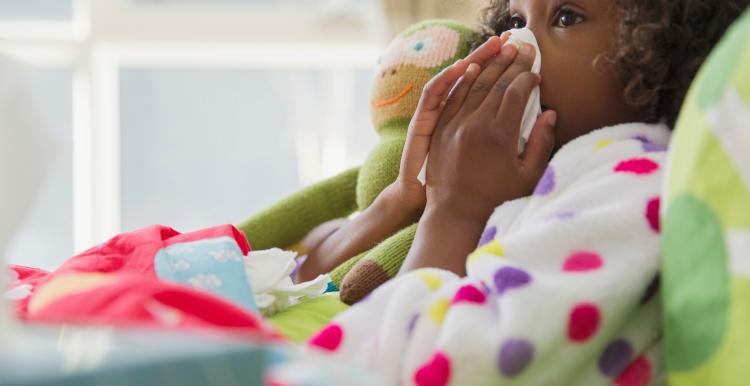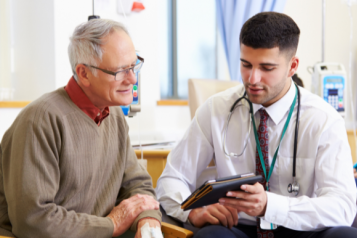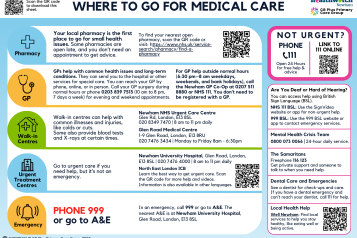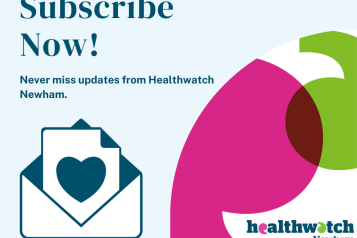Strep A and Scarlet Fever: What you need to know

What is Strep A?
Group A Streptococcus (GAS) also known as Strep A, are bacteria commonly found on the skin, in the throat or anogenital tract.
Strep A causes a range of infections, including Scarlet Fever. The infections are very contagious and can spread easily.
Through person to person:
- Inhaling or touch respiratory droplets of an infected person
- Physical contact with an infected person
Through item to person:
- Consuming food or water contaminated with Strep A
- Touching items contaminated with Strep A (bedding, toys, hand wash)
What is Scarlet Fever?
Scarlet Fever is an infection caused by Strep A bacteria, the noticeable signs are red "scarlet" rashes on the body. The disease occurs most often in the winter and spring, and it's much more common in children than adults. The latest data from the UK Health Security Agency (UKHSA) shows that scarlet fever cases continue to remain higher than we would typically see at this time of year.
The illness is usually mild but in some occasions it can be severe, it is important that children with Scarlet Fever are seen by their GP so that they can be started on antibiotics.
What are the symptoms of Scarlet Fever?
The rash begins with small spots on the body that then spread to the neck, arms and legs over the next 1 to 2 days, rarely the rashes can appear up to 7 days. It is often ‘sandpaper’ like to touch and is sometimes itchy.
Symptoms of the illness:
- Sore throat
- Fever
- Headache
- Swollen tongue
- Swollen neck glands
- Flushed cheeks
- A fine, pink or red body rash with sandpapery feel
The rash may be harder to see on dark skin, but you should be able to feel it.
Speak to your GP or NHS 111:
- Child is feeding or eating less than normal
- Child feels hotter than usual when you touch their back or chest, or feels sweaty
- Baby under 3 months has a temperature of 38°C, for babies older than 3 months has a temperature of 39°C or higher
- Child shows signs of dehydration such as a dry nappy for 12 hours or more
- Child is very tired or irritable
Call 999 or go to A&E:
- Child is having difficulty breathing
- Pauses when your child breathes
- Child skin, tongue or lips is blue
- Child is floppy and will not wake up or stay awake
How to avoid getting infections?
To reduce the chance of catching or spreading an infection, families need to:
- Wash hands often with soap and water for 20 seconds
- Cover your mouth and nose with a tissue when you cough or sneeze
- Bin used tissues as quickly as possible
Further information about Strep A and Scarlet Fever
Newham Public Health
https://www.newham.gov.uk/children-families/strep-scarlet-fever
NHS
https://www.nhs.uk/conditions/scarlet-fever/
https://www.nhs.uk/conditions/strep-a/
https://www.nhs.uk/live-well/best-way-to-wash-your-hands/
UK Government
https://www.gov.uk/government/news/ukhsa-update-on-scarlet-fever-and-invasive-group-a-strep-1
https://www.gov.uk/government/collections/group-a-streptococcal-infections-guidance-and-data
https://www.gov.uk/government/publications/scarlet-fever-managing-outbreaks-in-schools-and-nurseries
UK Health Security Agency
https://ukhsa.blog.gov.uk/2022/12/05/group-a-strep-what-you-need-to-know/


